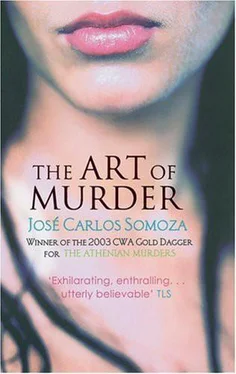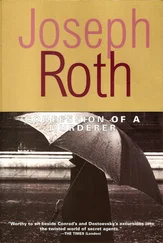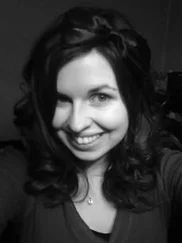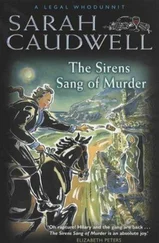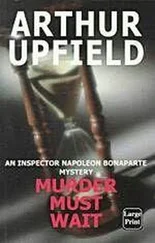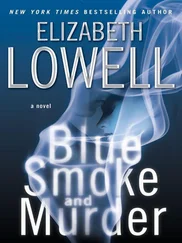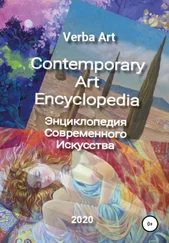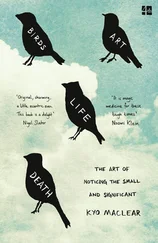Jose Somoza - Art of Murder
Здесь есть возможность читать онлайн «Jose Somoza - Art of Murder» весь текст электронной книги совершенно бесплатно (целиком полную версию без сокращений). В некоторых случаях можно слушать аудио, скачать через торрент в формате fb2 и присутствует краткое содержание. Жанр: Триллер, на английском языке. Описание произведения, (предисловие) а так же отзывы посетителей доступны на портале библиотеки ЛибКат.
- Название:Art of Murder
- Автор:
- Жанр:
- Год:неизвестен
- ISBN:нет данных
- Рейтинг книги:4 / 5. Голосов: 1
-
Избранное:Добавить в избранное
- Отзывы:
-
Ваша оценка:
- 80
- 1
- 2
- 3
- 4
- 5
Art of Murder: краткое содержание, описание и аннотация
Предлагаем к чтению аннотацию, описание, краткое содержание или предисловие (зависит от того, что написал сам автор книги «Art of Murder»). Если вы не нашли необходимую информацию о книге — напишите в комментариях, мы постараемся отыскать её.
Art of Murder — читать онлайн бесплатно полную книгу (весь текст) целиком
Ниже представлен текст книги, разбитый по страницам. Система сохранения места последней прочитанной страницы, позволяет с удобством читать онлайн бесплатно книгу «Art of Murder», без необходимости каждый раз заново искать на чём Вы остановились. Поставьте закладку, и сможете в любой момент перейти на страницу, на которой закончили чтение.
Интервал:
Закладка:
She was still thinking of what to say next when she realised the other person had hung up. She thought it must have been by accident, as sometimes happened with mobiles. They were such ghastly inventions which could be used for anything, even to talk, as Jorge used to joke. She pressed the redial button. The same voice replied, in exactly the same tone.
'I think we got cut off,' Clara said. 'I…' Someone hung up again. Intrigued, Clara tried a third time. Was hung up on again. She thought about it for a moment. She had just got in from the GS gallery, and the first thing she had done after taking a shower and washing the paint from her hair and body had been to look for the card and make the call. She was sitting in the dining room on the navy-blue tatami, with her legs crossed and a towel wrapped round her body. She had opened the windows, and a cool evening breeze was fanning her back. A gentle blues number was playing on the stereo. It can't be a problem with the phone. This time they hung up at once. They're doing it on purpose, she thought to herself.
She decided to try another strategy. She used the remote control to switch off the stereo, checked the time on the bookcase clock, and called again. This time when the woman answered, Clara said nothing.
The silence at both ends of the telephone line grew, deepened and became ridiculous. There was no sound, not even of breathing, although it was obvious that this time they had not hung up. But they were not speaking either. How long will I have to wait for them to make up their minds? thought Clara.
All of a sudden she was disconnected. The clock showed it had taken a minute.
So the silence was the message. This time it had taken longer, which probably meant they did not want her to speak. But they had hung up anyway.
Angrily, she swept back the strands of wet blonde hair covering her eyes. It was clear she was facing some kind of stretching test.
All the great painters stretched their canvases before they began a work. This stretching was the doorway to the hyperdramatic world, a way of preparing the model for what was to come, of warning them that from this point on nothing of what was going to happen would follow a logical pattern or society's accepted norms. Clara was used to being stretched in many different ways. The method usually employed by the artists in The Circle and Gilberto Brentano was the full gamut of sadomasochistic techniques. Georges Chalboux, on the other hand, used more subtle means of stretching. He created emotional upheaval by bringing in specially trained people who pretended to love or hate the models used in his works; these people could by turns be threatening, elusive or affectionate, all of which created a great sense of anxiety. Exceptional painters such as Vicky Lledo used themselves to stretch their canvases. Vicky was particularly cruel, because she used genuine emotions – it was as if she could split her personality, as if there was a Vicky-human being and a Vicky-artist in one and the same person, working completely independently of each other.
In order to get through the stretching phase, the canvas had to be aware of two things: the only rule was that there were no rules, and the only possible reaction was to go on.
So it was no use Clara ringing up again and staying silent: she had to take the next step. But in which direction?
Alex Bassan's signature on her thigh was itching. She scratched herself, taking care not to use her nails, while she considered what to do.
She had an idea. It was absurd, which made her think it might be correct (that was nearly always how it was in the world of art). She left the receiver on the mat, stood up and went over to the window. Naked beneath the towel, her damp body did not feel cold or uncomfortable as she felt the cool rush of air.
The rain had washed the night clean. There was no smell of garbage, traffic, or excrement… of the centre of Madrid; instead the smell of the sea in the city, the kind of evening breeze that occasionally makes Madrid seem like a seaside resort. Yet there was traffic. The cars went by sniffing each other's backsides and winking at one another with their big luminous eyes. She looked at the building opposite: three windows on the top floor were still lit, and in one of them, which had cobalt-blue curtains, there were some flowerpots. They looked as though they contained blue hyacinths. Clara leant over her balcony ledge and looked down at the street from the top of her four-storey block. The breeze ruffled her hair like a tired puppeteer.
There was no sign of anyone watching her. It was absurd to imagine anyone was spying on her. Absurd, and therefore correct.
She picked up the cordless phone, again looked over at the clock, then walked back to the window and called the number on the card another time. 'Yes?' asked the woman's voice.
Clara waited in silence, as close as she could get to the window, without moving a muscle. The breeze rippled through the fringe of her blue towel. All of a sudden they hung up. She looked back at the clock. A record, which must mean she had done something right and that, yes, however incredible it might seem, she was being watched. Yet she had still not done everything required of her. She decided to try something new: she phoned once more and, while she was standing at the window, raised a hand and tousled her hair. Almost before she had time to finish the gesture, they hung up.
She smiled her agreement in silence, staring down at the street. 'Aha, now I've caught you: you want me not to talk, to stand at the window, to remain motionless, and… what else?' Bassan sometimes told her that her face could look kind and heartless at the same time, 'like an angel who has nostalgic memories of being a devil'. Right now, her expression was more devilish than angelic. 'What more, eh? What more do you want?'
It was always the same when she took the first steps in the strange temple that was art, at the beginning of a new work: she felt aroused. It was the greatest feeling in the world. How could anyone want to work in anything else? How could there be people like Jorge, who were not works of art or artists?
She amused herself by imagining what might come next; her imagination always raced in situations like this. The silence on the phone would last ten minutes if she leaned over her balcony, fifteen if she put one leg down on the ledge, twenty-five if she put the other one there, thirty if she stood up on the ledge, thirty-five if she took a step forward into the void… perhaps then someone would respond… But that would be ruining the canvas, not stretching it.
She chose another, more modest option. She looked over at the clock again, and then, still standing at the window, dropped the towel to the floor. She dialled the number. Heard the same reply as always. Waited. The silence went on and on.
When she calculated that a good five minutes had passed, she wondered what else she would need to do if they hung up again.
She did not want to have to think about it. She stood at the window without moving. The silence in her earpiece persisted.
The black cat was to blame.
She saw it for the first time in Ibiza, beneath a blazing sun. The cat was staring at her in that strange way all cats do, opening its quartz-crystal eyes wide and challenging her to discover its secret. But she was fourteen years old, was lying on her stomach on a towel with the top half of her bikini undone, and at that moment secrets did not mean much to her. She won the animal's confidence by calling gently to it. Or perhaps the cat was won over by her beauty. Uncle Pablo, who had invited her to spend the summer in Ibiza, used to ask her jokingly who her image consultant was. Someone as beautiful as you must have one, he said. With her long blonde hair, eyes like two tiny marine planets with no shoreline in view, her taut adolescent silhouette perfectly set off by her blooming skin, Clara was well accustomed to admiring glances.
Читать дальшеИнтервал:
Закладка:
Похожие книги на «Art of Murder»
Представляем Вашему вниманию похожие книги на «Art of Murder» списком для выбора. Мы отобрали схожую по названию и смыслу литературу в надежде предоставить читателям больше вариантов отыскать новые, интересные, ещё непрочитанные произведения.
Обсуждение, отзывы о книге «Art of Murder» и просто собственные мнения читателей. Оставьте ваши комментарии, напишите, что Вы думаете о произведении, его смысле или главных героях. Укажите что конкретно понравилось, а что нет, и почему Вы так считаете.
